[ad_1]
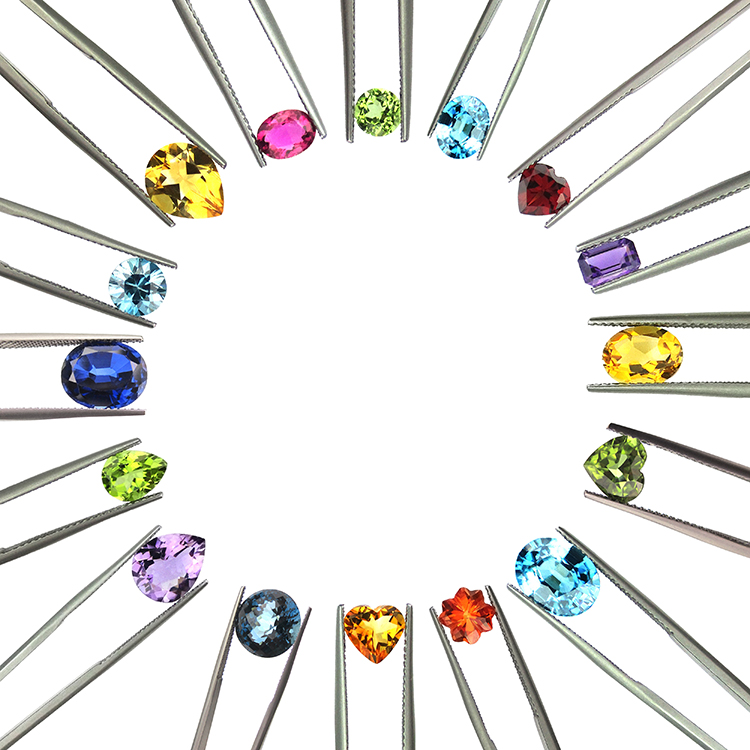
Photo: Stock Photos from YUT CHANTHABURI/Shutterstock
For centuries, people of many cultures have ascribed various meanings and powers to different gemstones. In fact, there are now specific gemstones assigned to each month of the year, known as birthstones. The history of birthstones potentially extends back to the 12 stones recorded in the Book of Exodus as decorating the breastplate of Aaron. Although these stones indicating the 12 Tribes of Israel are not the birthstones of today, the concept of 12 stones remained relevant in medieval Christianity as the stones came to be associated with the apostles of Christ. The origin of the modern monthly association is not entirely clear, but is thought to date to early modern Europe.
The birthstones known today were assigned in 1912 by the National Association of Jewelers. The list drew on older traditions but was largely commercial in motivation. Further “modern” iterations of the list have added additional options—including alexandrite for June and tanzanite for December. While many choose the birthstone corresponding to their birth month, zodiak birthstones are also an option. In India, gemstones beneficial to an individual can be calculated based on that person’s astrological birth chart. The fascination with gem stones—and how they relate to human lives—is a prominent theme in world history.
Today, many people follow the modern iteration of monthly birthstones and use them as starting points for specialized gifts. Do you know what your birthstone is? Read on to learn what your special birthstone is—based on the month you were born—and what it means.
Birthstones by Month
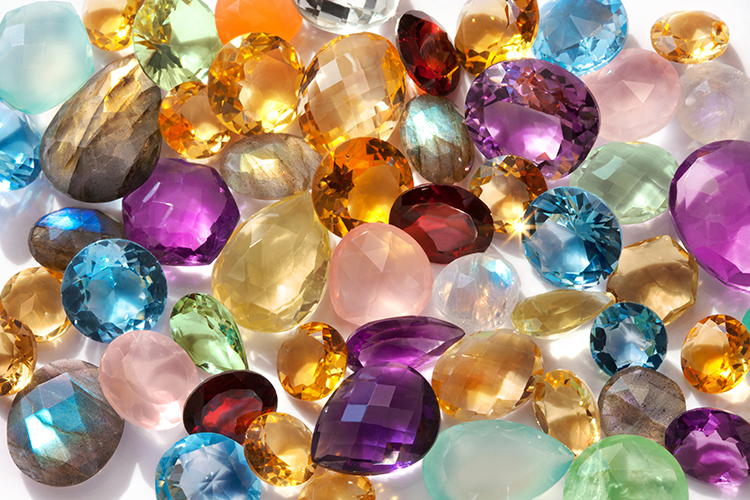
Photo: Stock Photos from J. PALYS/Shutterstock
Garnet for January

LandonLacey | $36+
Garnet is a class of silicate minerals, meaning it contains the compound silica (SiO2). Garnets come in many colors, but shades of red are most common. The name garnet is drawn from this rich red shade. The word can be traced back through Middle English and Old French to the Latin granum, meaning seed or grain. This may allude to pomegranate seeds, which share the same rich red tone.
Amethyst for February
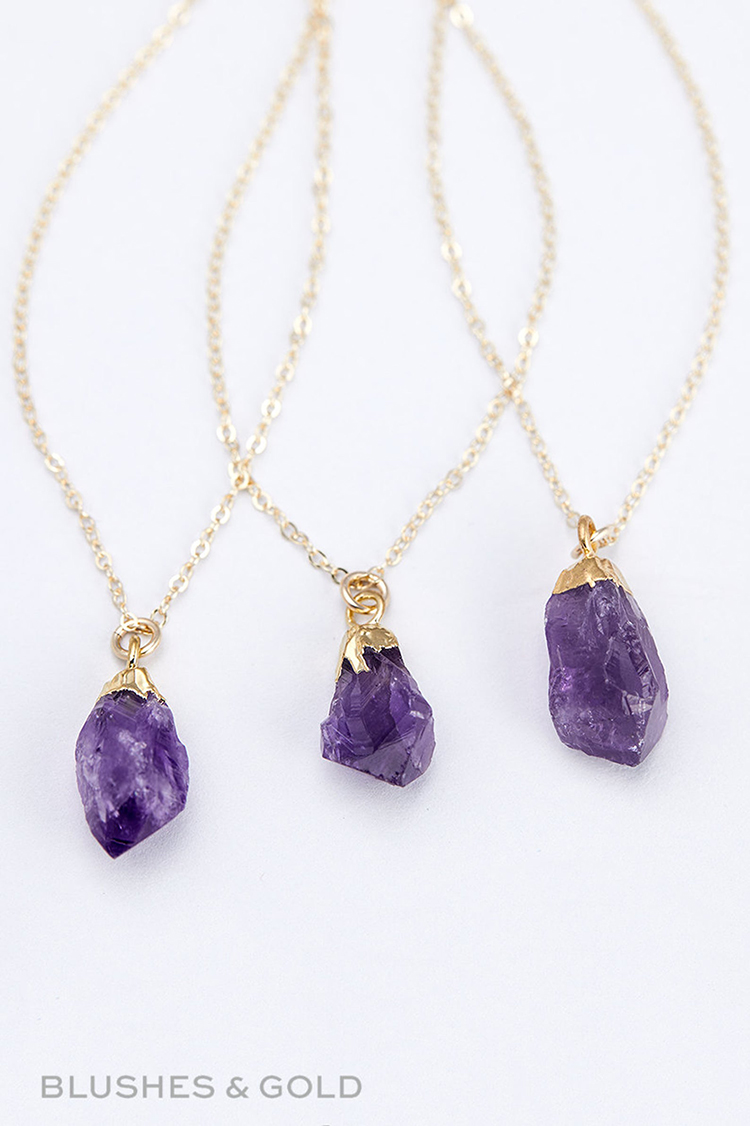
BlushesAndGold | $58.50+
Amethyst is a colored version of quartz. The rich purple stone has captivated the imagination for thousands of years. The ancient Egyptians and Romans carved the gems as intaglio, often with cameo portraits. The stone was also believed to keep the user free from intoxication—as a result, the Greeks carved wine goblets of the material.
Aquamarine for March
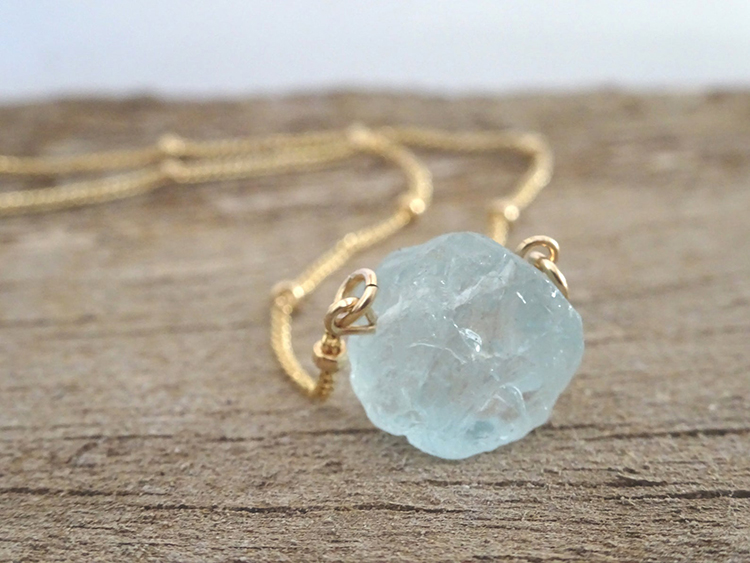
LAminiJewelry | $30.40+
Aquamarine is a type of beryl distinguished by its blue color. In 1910, a stone was mined in Brazil that still stands as the largest aquamarine gem. The stone stretched 48.5 cm (19 in) long and 42 cm (16.5 in) in diameter. To see a cut example of an enormous aquamarine, visit the Smithsonian’s National Gem and Mineral Collection to check out the Dom Pedro Aquamarine which weighs in at over 10,000 carats.
Diamond for April
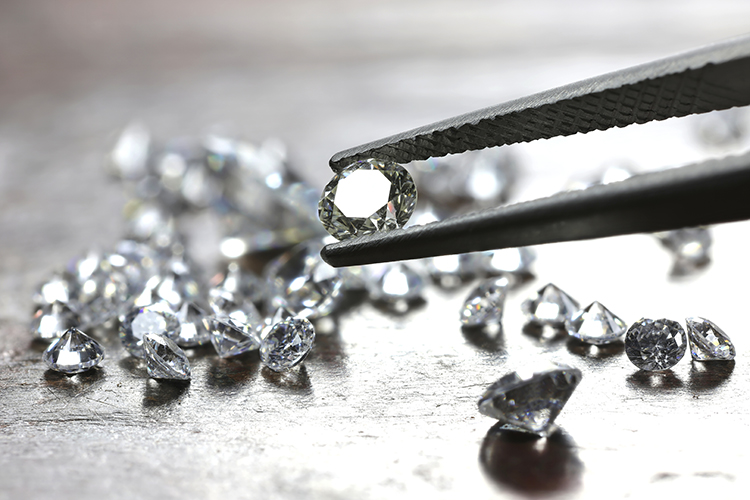
Photo: Stock Photos from BJOERN WYLEZICH/Shutterstock
Diamond is famous for its sparkle and industrial strength. The carbon atoms of diamonds are arranged in a cubic pattern, part of what makes the gemstone the hardest naturally occurring material. When used in jewelry, the stone is prized for its sparkle. This property is due to the high refractive index of the stone; as light passes through, it refracts more than in other materials. When shopping for diamonds, consider the 4 Cs: cut, color, clarity, and carats. Like with other gemstones, diamond mining can be an exploitive industry. You can research more about fair-trade diamond suppliers and brands here.
Emerald for May
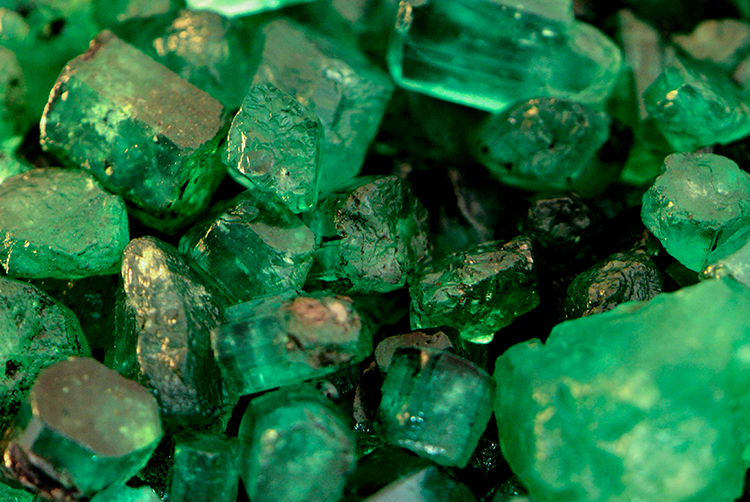
Photo: Stock Photos from RACHMO/Shutterstock
Another beryl variant, the emerald takes its color from molecules of chromium. Egypt was a large producer of emeralds in the ancient world. Today, the majority of global emeralds are mined in Colombia, with Zambia the second largest producer. Emeralds were believed to be beneficial to memory and mental prowess; many cultures have used them as talismans against bad luck, poison, or even lust.
Pearl for June
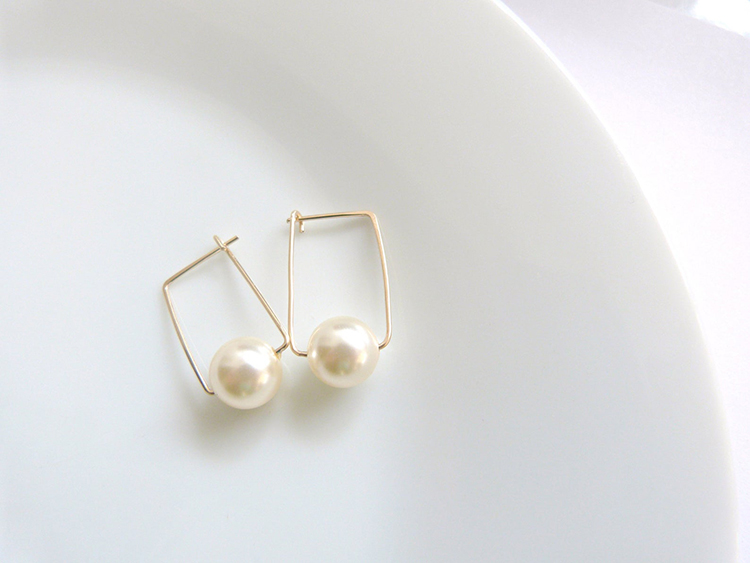
vintagestampjewels | $18.99+
A pearl is a little sphere of layered calcium carbonate formed by a mollusk such as an oyster. Natural pearls are collected in the “wild” by pearl divers and therefore are very costly; cultured pearls are more affordable as they are “bred” and harvested. Pearls have a long history as a luxury—they appear in sacred Hindu, Hebrew, and Islamic scriptures. Although it’s a birthstone which is not a stone at all, natural pearls can outstrip other gemstones in price. In 1917, the renowned jeweler Henri Cartier bought his flagship store on 5th Avenue in exchange for a double-strand of natural pearls.
Ruby for July

Photo: Stock Photos from STUDIO492/Shutterstock
Ruby is the red manifestation of the mineral corundum. The best rubies today are mined in Myanmar and are called “Burmese rubies” after the country’s prior name. Rubies are sometimes described as “pigeon’s blood,” in reference to their deep, rich red. Interestingly, this designation is becoming a point of contention in the gemstone industry—some are concerned that the term is being overly used and losing its true connotations. A fun fact: almost all rubies naturally have flaws (known as inclusions).
Peridot for August
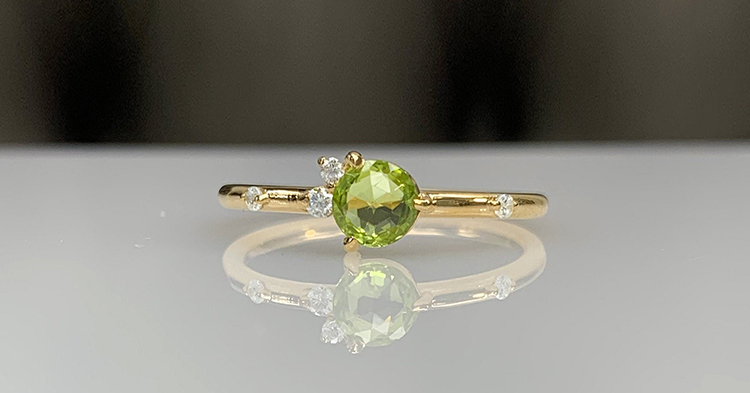
MastikaJewelry | $186.15+
The dazzling olive green of peridot is due to the stone’s iron contents. The gem is often found in basalt rocks or even meteorites. Fittingly, the ancient Egyptians believed peridot came from the sun. Today, it is the country’s national gem. The word peridot likely comes from faridat, the Arabic word for “gem.”
Sapphire for September
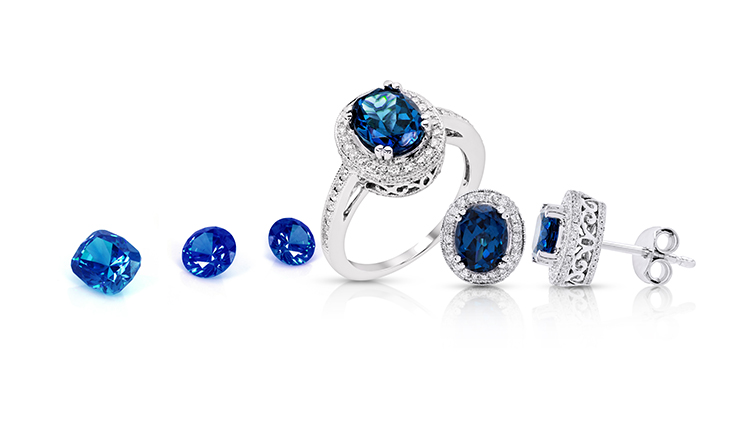
Photo: Stock Photos from STUDIO492/Shutterstock
Like a ruby, a sapphire is made of the mineral corundum. Unlike rubies, they come in many colors—including pink, yellow, and green. The classic sapphire is a rich royal blue. While usually cut in facets, some sapphires have special inclusions known as asterism. These “star sapphires” are often cut into cabochons, a soft dome presenting the beautiful star shape. The gin brand Bombay Sapphire takes its name from a famous star sapphire known as the Star of Bombay; you can see it today at the Smithsonian National Museum of Natural History.
Opal for October
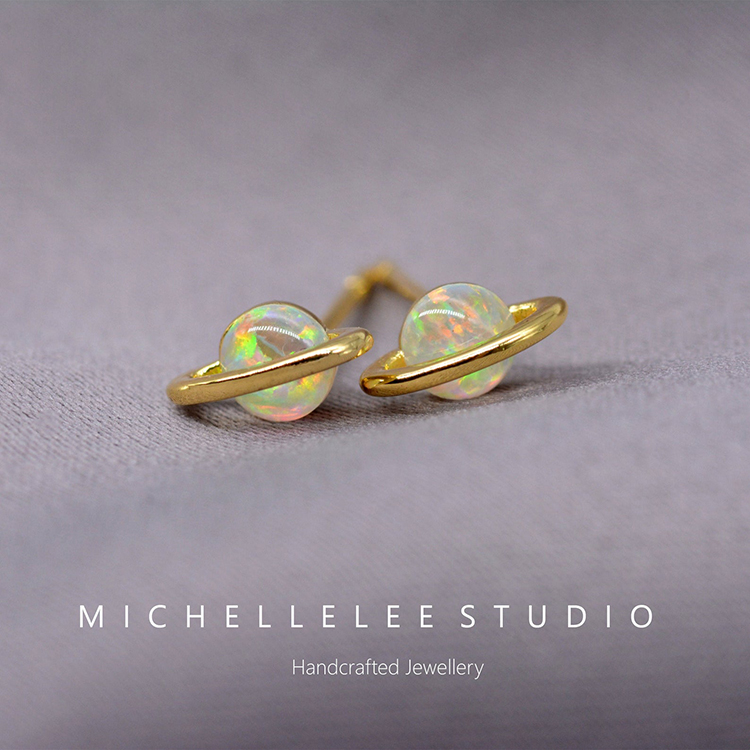
MichelleLeeStudioGB | $14.18+
Opal is a mineraloid—a combination of silica and water. Many examples of opal found within rocks are dull and not worth anything; however, the iridescent qualities of certain opal formations is highly valued. Today, opal primarily originates in Ethiopia or Australia. The rainbow colors of opals made them important jewels in medieval times—the early Holy Roman Emperors wore a crown featuring a central white opal with highlights of red.
Topaz for November
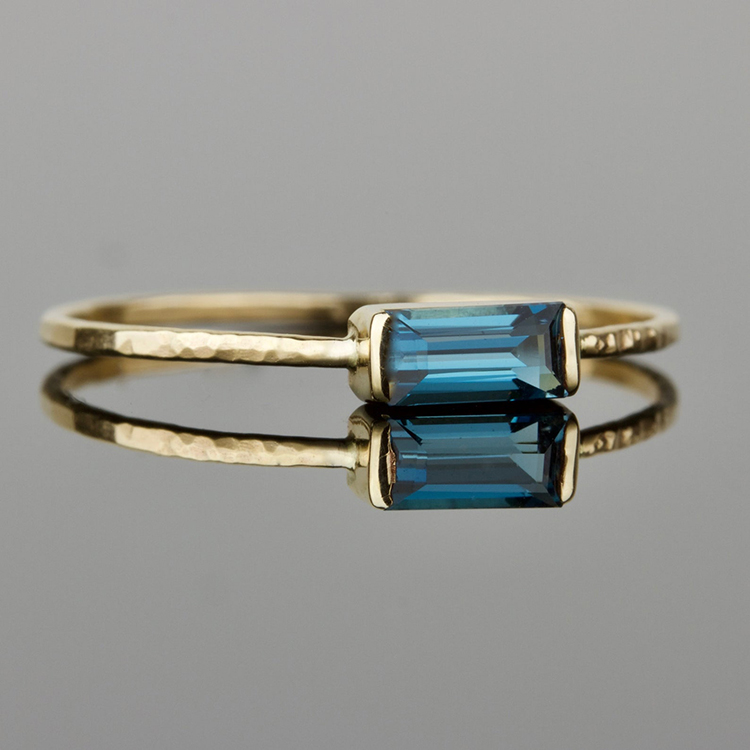
MARYJOHN | $195.30
Topaz is another silicate mineral. Typically clear, a golden color is also naturally occurring. Topaz can occasionally take on other color due to varying mineral content and common heat treatment by jewelers. Blue topaz are quite popular, although such a bright color is very rare without human intervention. To properly care for topaz, be careful of scratches and lights; the stones can pale over time.
Turquoise for December
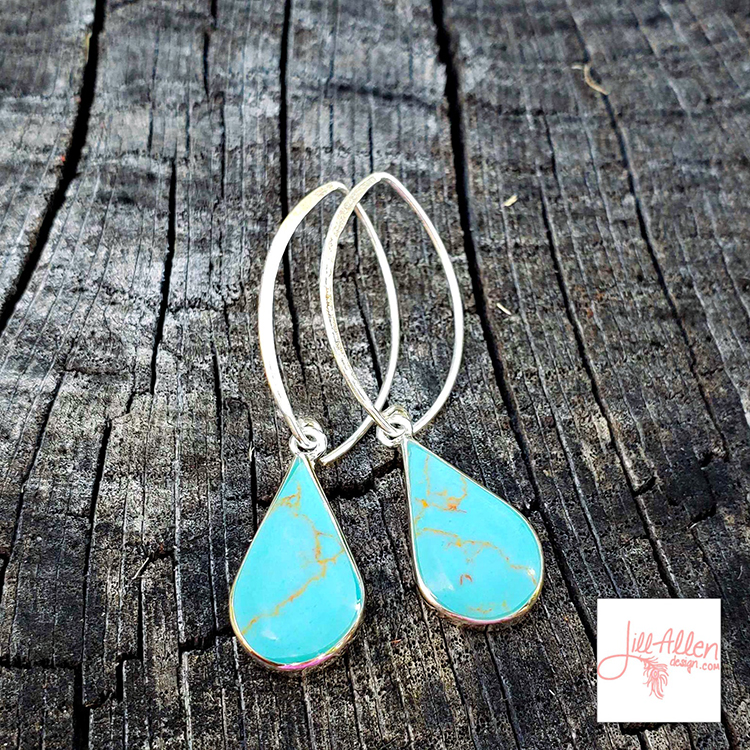
JillAllenDesign | $58
Like opal, turquoise technically contains water. Found all over the world, the stone has been used for jewelry by the Pueblo peoples of the southwestern United States, the Aztecs, and the Ancient Egyptians. Persian and Indian Empires traded in the stone—likely this is how turquoise reached Europe across the Silk Road. Today, turquoise of lower grades is often treated or dyed to achieve a brighter color.

Photo: Stock Photos from JANE RIX/Shutterstock
Related Articles:
Colorful Crystals and Gemstones Turn Everyday Objects into Dazzling Home Decor
Beautiful Agate Gemstones Naturally Resemble Snapshots of Landscapes
Extremely Rare Gemstone Could Prove That There’s an Ocean Hidden Deep Inside Earth
Brilliant Gemstone Resembles a Prismatic Universe Bursting Out of Wood
[ad_2]
Source link



